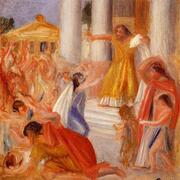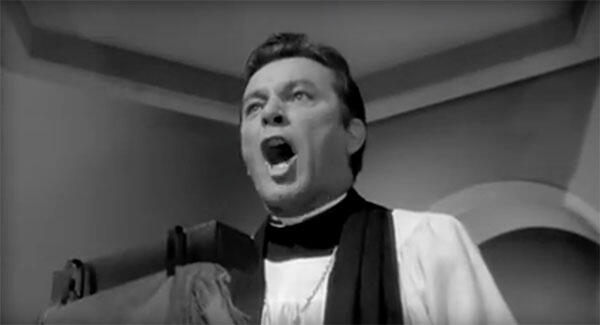December 1, 2020


Oedipus as a lens on government and society
- In the Oedipus Tyrannus of Sophocles, the people of Thebes honored Oedipus as their sōtēr, their savior. How can his receiving of such an honor be justified?
- What power do metaphors of disintegration and reintegration have to help us understand social phenomena?
- Why was Sophocles so interested in portraying the incompetent deliberation of kings and tyrants in his tragedies, especially those set in Thebes?
A discussion with Gregory Nagy about Oedipus as the potential savior of Thebes
Video of 20 minutes (watch from 00:00 to 12:30 and from 21:53 to 29:33).
Notes from a presentation on themes of disintegration in society, leadership, and romantic love as represented in classical Greek literature, Greek biblical texts, and American popular songs
Essay of approximately 5,000 words.

Disintegration and Reintegration
"Extra credit" video viewing:
Lecture by Edith Hall on conceptions of tyranny in Sophocles and Aristotle; video of approximately 70 minutes (start at 38:15).

